Going tramping — planning your summer hikes
We’re in New Zealand for summer, and after a wet start, it looks like the weather is drying up and getting warm… So we’ve started to plan some hikes before we go. But for those unfamiliar with the New Zealand bush, here’s a primer for short hikes in the land of the long white cloud.
Planning
New Zealand forest, or “the bush” as it’s known, is dense and often combined with steep hills or mountainous country. There are few people passing through, and many areas are geographically remote as well. If you’re underprepared — and especially if you’re unfamiliar with the area — you can find yourself in trouble.
There are many trails maintained by the Department of Conservation or local city councils. Some of these are wide paths, well marked, and well-trodden. But if you’re hiking overnight, you’re likely to be on narrow tracks with multiple forks. Signage may be weather-damaged, vandalised, or simply not exist — you need a good guidebook or track description. There are excellent “topos”, topographical maps aimed at hikers available from many bookstores and regional outdoor stores. You can play with them online at Topomap New Zealand but unless you are very sure of your electronic equipment, do take in a physical copy.
Trail descriptions and community notes are available from New Zealand tramper.

Clothing
Good outdoor clothing is obviously preferable, and seasonal and regional needs vary widely.
Auckland is notorious for its four-seasons-in-one-day approach to weather, so carrying a light waterproof layer is worthwhile, even when starting out in fine weather. The Waitakere and Hunua ranges are also great at holding clouds and rain.
It’s not unusual for true tent-drenching downpours to kick in, leaving you scrambling to waterproof whatever you can. A breathable jacket and waterproof trousers can be a lifesaver, or do the typical Kiwi trick and wear a pair of shorts rather than trousers. It can be cold, but you don’t get that uncomfortable clingy feeling wet trousers leaves you with.
If hiking in winter, be prepared to hike through hail, frosty conditions, and snow in many parts of the country. Excellent boots are an essential requirement; you also need the correct clothing to keep yourself warm during extreme temperatures.
Equipment
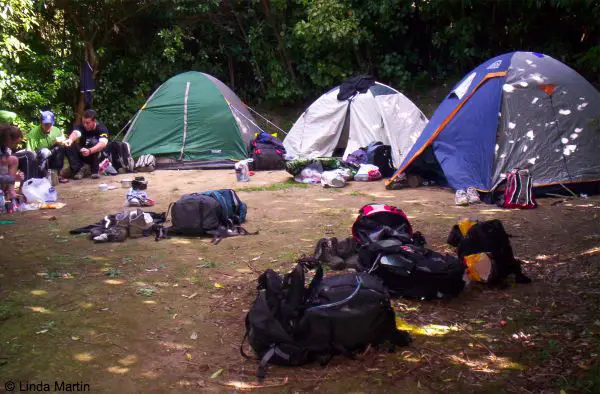
Open fires are illegal in DOC reserves and many other public areas in New Zealand. In order to cook or prepare hot drinks, a small gas burner or stove is needed, along with a lightweight pot and utensils.
Running water may be carrying giardia or other bugs. Make sure to carry purification tablets, or a filter system — even if you don’t plan to drink from rivers, you might get caught out for an extra day because of injury or weather conditions.
There are many camping huts throughout New Zealand, which can be booked in advance for your hikes. This cuts down on the amount of camping equipment you need to carry on many routes, as you can leave tents and non-emergency lighting behind. Check the hut notes or with DOC to see what facilities are available.
Carry everything in a lightweight backpack which transfers the weight down to your hips. We love the Aarn backpacks, created by a Cantabrian (i.e. a guy from Christchurch), for ultra light-weight performance packs. Ellis Brigham has a wide range of clothing and equipment that’s great for New Zealand conditions as well.
Take care of your rubbish and pack out whatever you pack in. The burn, bash and bury technique doesn’t work with the growing number of people using these natural resources.
Safety
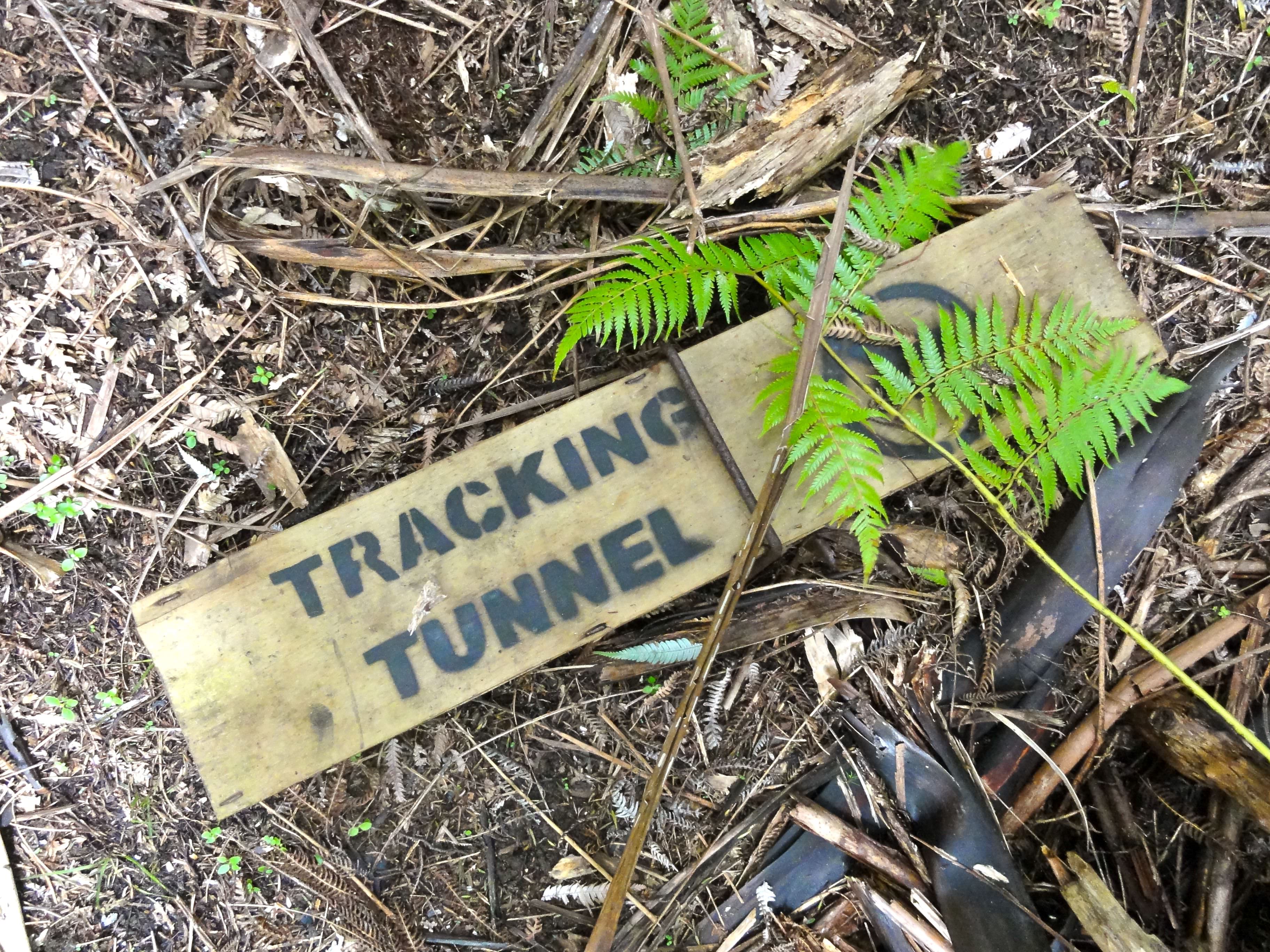
There are very few poisonous creatures in New Zealand, but mosquitos and sandflies are irritating. Taking insect repellent with you is certainly good practice.
Wild boar and other large mammals can be aggressive if they feel threatened. It’s always best to leave them to their own business and get on with yours.
Sun, or more correctly UV radiation, is fierce in New Zealand so you’re likely to get sunburn very quickly. Take, and regularly use, a hat and SPF30 sunscreen or higher. Some people choose to hike in long sleeves during summer to minimise the risk of burns and skin cancer.
If you’re heading into the bush, always leave your plans with a friend and check in with them when you’re safely back. If no-one knows your route and expected return time, it’s possible that search and rescue teams will be deployed too late or too widely if you are injured or lost in the bush.
Our upcoming hikes
We’ve only got two months left in New Zealand, but we’ve got plenty of hiking planned. We hope to attempt:
- Day hikes in the Waitakere and Hunua ranges
- The Hillary Trail
- The Tongariro Crossing
- The Cape Brett Trail
- And, although it’s a lot of uphill, I’d like to sneak the Pinnacles in if possible.
Got any hiking advice, or places you’d love to walk? The Camino de Santiago in Spain? The Cotswold Way in the UK? Tell us in the comments!


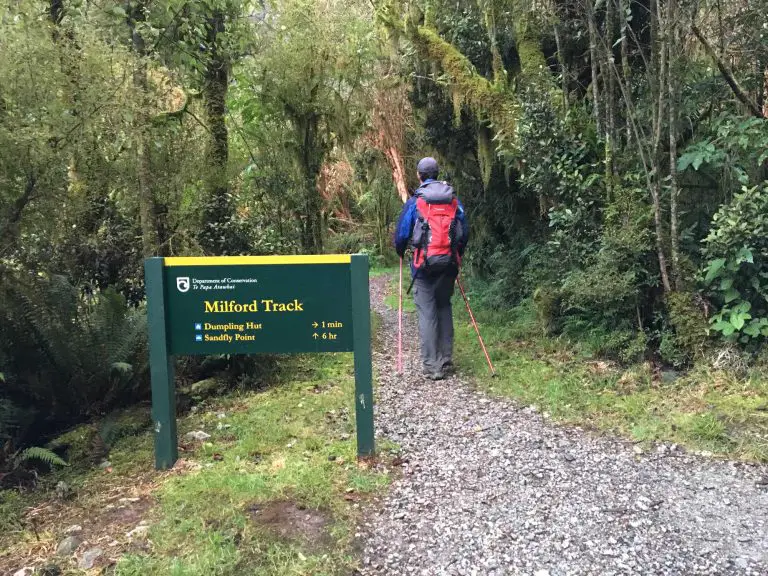

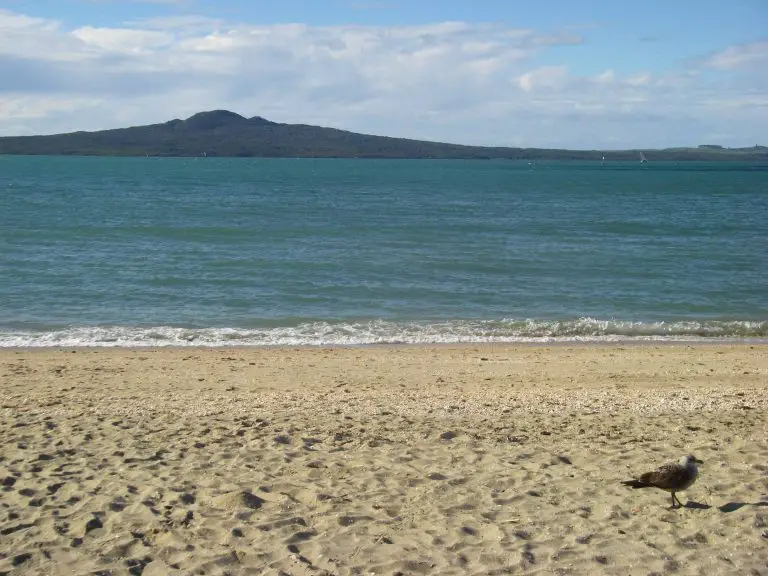
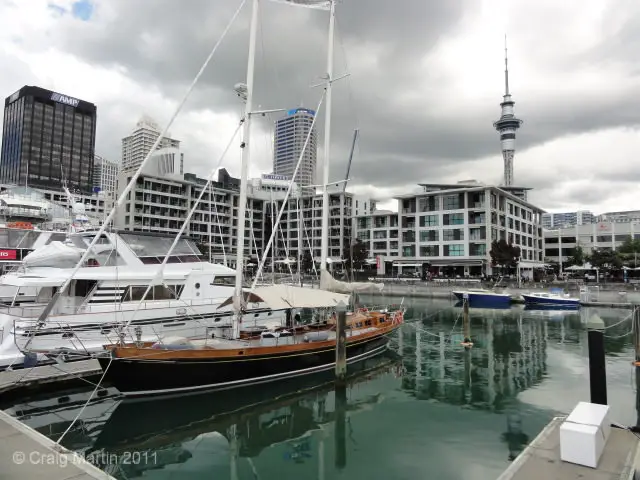
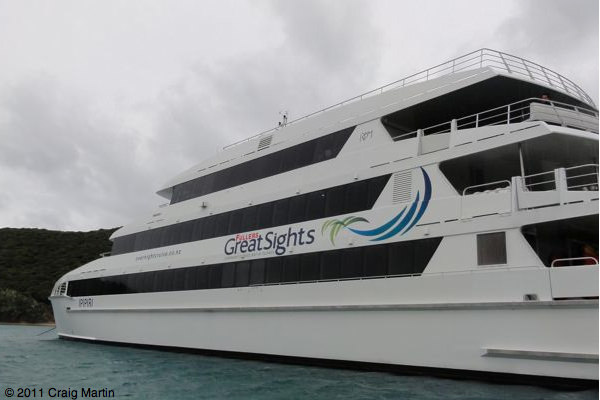
Pinnacles was good, great views from the top. You can do it in a day from Auckland, as long as you get up early and don’t mind the driving, but theres also a hut near the top if you want to stay over.
We want to do the Tongariro Crossing too.
We’ve done some day walks arounf the Waitakere amd in November we did the Milford track, which was expensive but really impressive (and wet).
I’ve even started doing the Kiwi think of shorts and gaiters – I now look ridiculous when tramping. I havent quite gone as far as bright strippy polypro long longs though.
lol. Wait until you see me loping around a campfire in my stripy polyprops 🙂
Have you had a look at the Hillary Trail through the Waitakeres? It’s 3-4 days, and it’ll be all up-and-down, but looks like a great way to string together a lot of the tracks.
I havent specifically looked at it, but I know we have been on sections of the Hilary walk on our shorter day walks.